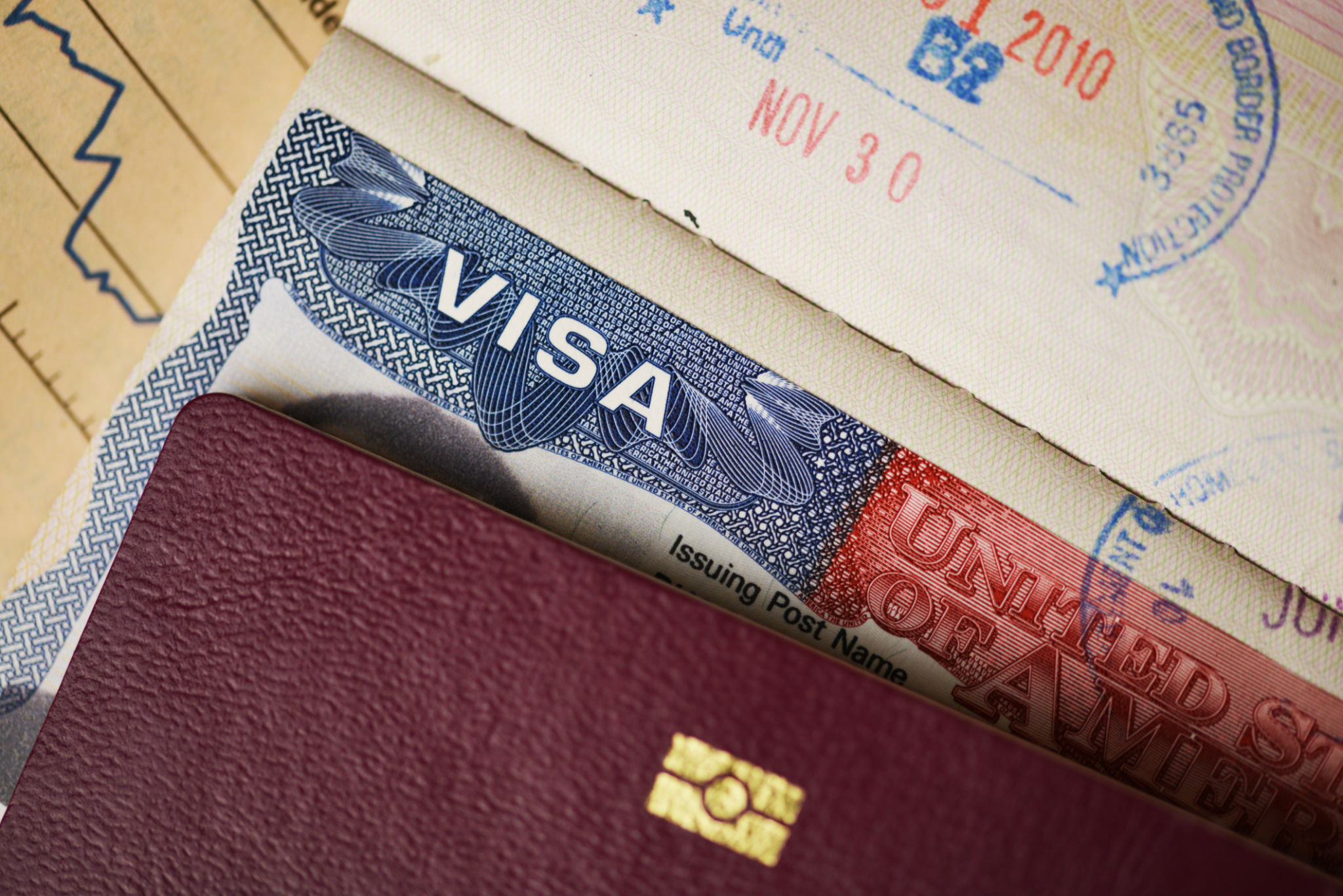Understanding U.S. Visa Types: Which One is Right for You?
Introduction to U.S. Visa Types
Navigating the world of U.S. visas can be a daunting task. With numerous types available, each designed for specific purposes and individuals, understanding which visa suits your needs is crucial. This guide aims to demystify the various U.S. visa categories, helping you make an informed decision.
Non-Immigrant Visas
Non-immigrant visas are temporary and cater to individuals who plan to stay in the United States for a limited period. These visas are ideal for tourists, students, business visitors, and temporary workers. It's crucial to choose the correct category based on your intended activities in the U.S.

Tourist and Business Visitors
The B-1/B-2 visa is the most common non-immigrant visa, designed for those visiting the U.S. temporarily for business (B-1) or pleasure/tourism (B-2). Whether you're attending a conference or exploring the country, this visa covers short-term visits.
Student Visas
For educational pursuits, the F-1 and M-1 visas are tailored for students. The F-1 visa is for academic studies, while the M-1 visa is for vocational or non-academic programs. If you're planning to study in the U.S., these visas are essential.

Work Visas
Non-immigrant work visas, such as the H-1B, L-1, and O-1, cater to professionals and skilled workers. The H-1B visa is for specialty occupations requiring a bachelor's degree or higher, while the L-1 is for intracompany transferees. The O-1 visa is reserved for individuals with extraordinary abilities in specific fields.
Immigrant Visas
Immigrant visas are designed for those intending to reside permanently in the United States. These visas are often based on family ties, employment opportunities, or humanitarian reasons.

Family-Based Visas
If you have close relatives who are U.S. citizens or permanent residents, family-based visas might be your pathway. Categories include immediate relatives (IR) and family preference (F), each with varying eligibility criteria.
Employment-Based Visas
Employment-based immigrant visas offer a route to permanent residency through job opportunities. They are divided into five preference categories (EB-1 to EB-5), based on skills, investment, and job offers.
Diversity Visa Lottery
The Diversity Visa Lottery program provides a unique opportunity for individuals from countries with low immigration rates to obtain a U.S. green card. Annually, 55,000 diversity visas are made available through this lottery system.
Final Thoughts
Selecting the right U.S. visa involves understanding your goals and circumstances. Whether you're seeking temporary entry or permanent residency, knowing the different visa types is the first step towards a successful application. Always consult with an immigration expert if in doubt to ensure a smooth process.
